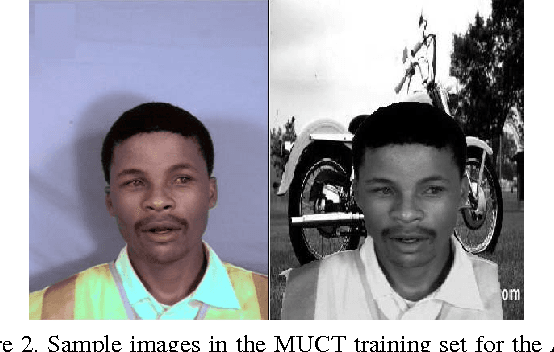Fast Matching by 2 Lines of Code for Large Scale Face Recognition Systems
Paper and Code
Feb 28, 2013



In this paper, we propose a method to apply the popular cascade classifier into face recognition to improve the computational efficiency while keeping high recognition rate. In large scale face recognition systems, because the probability of feature templates coming from different subjects is very high, most of the matching pairs will be rejected by the early stages of the cascade. Therefore, the cascade can improve the matching speed significantly. On the other hand, using the nested structure of the cascade, we could drop some stages at the end of feature to reduce the memory and bandwidth usage in some resources intensive system while not sacrificing the performance too much. The cascade is learned by two steps. Firstly, some kind of prepared features are grouped into several nested stages. And then, the threshold of each stage is learned to achieve user defined verification rate (VR). In the paper, we take a landmark based Gabor+LDA face recognition system as baseline to illustrate the process and advantages of the proposed method. However, the use of this method is very generic and not limited in face recognition, which can be easily generalized to other biometrics as a post-processing module. Experiments on the FERET database show the good performance of our baseline and an experiment on a self-collected large scale database illustrates that the cascade can improve the matching speed significantly.
 Add to Chrome
Add to Chrome Add to Firefox
Add to Firefox Add to Edge
Add to Edge